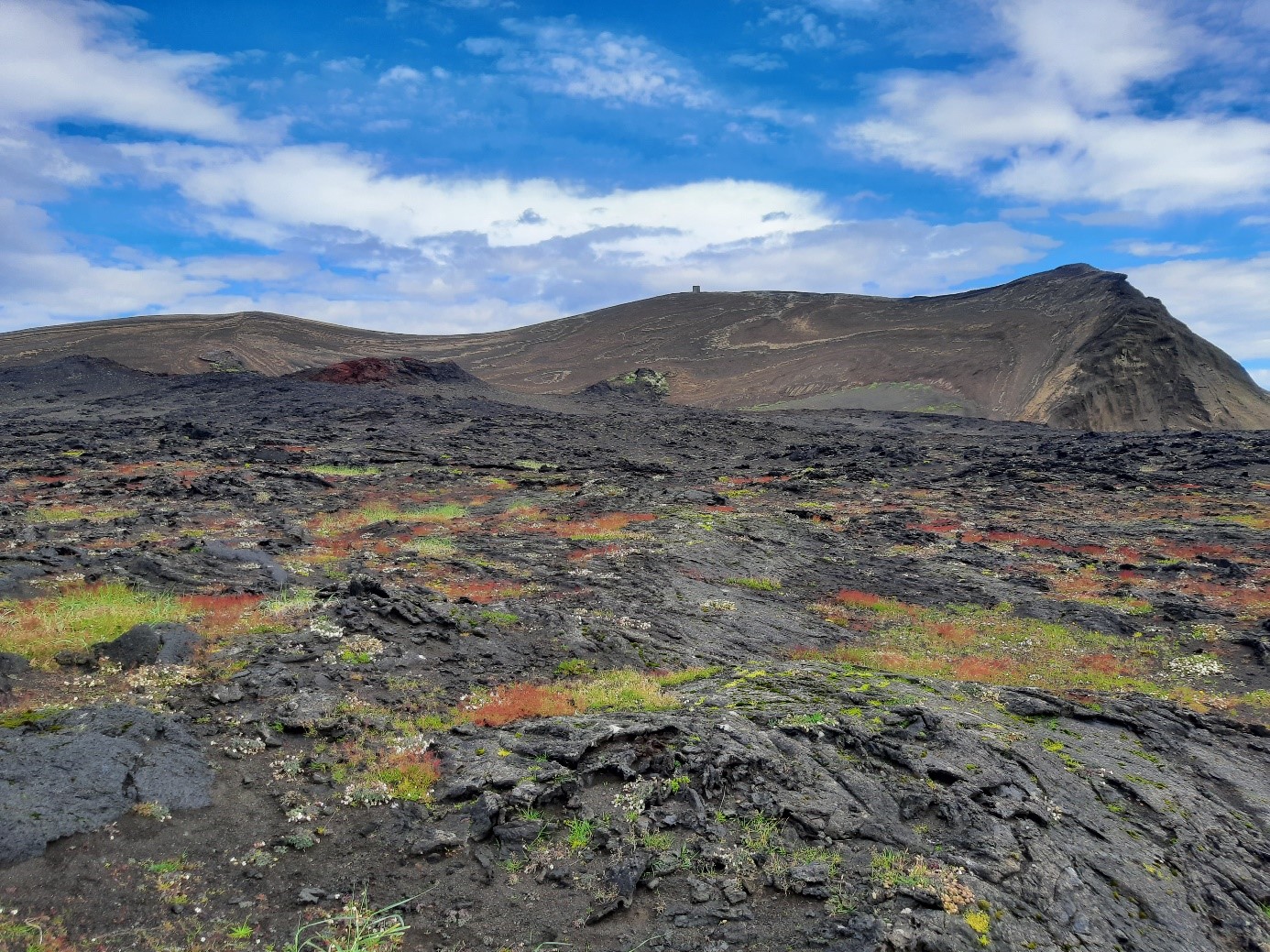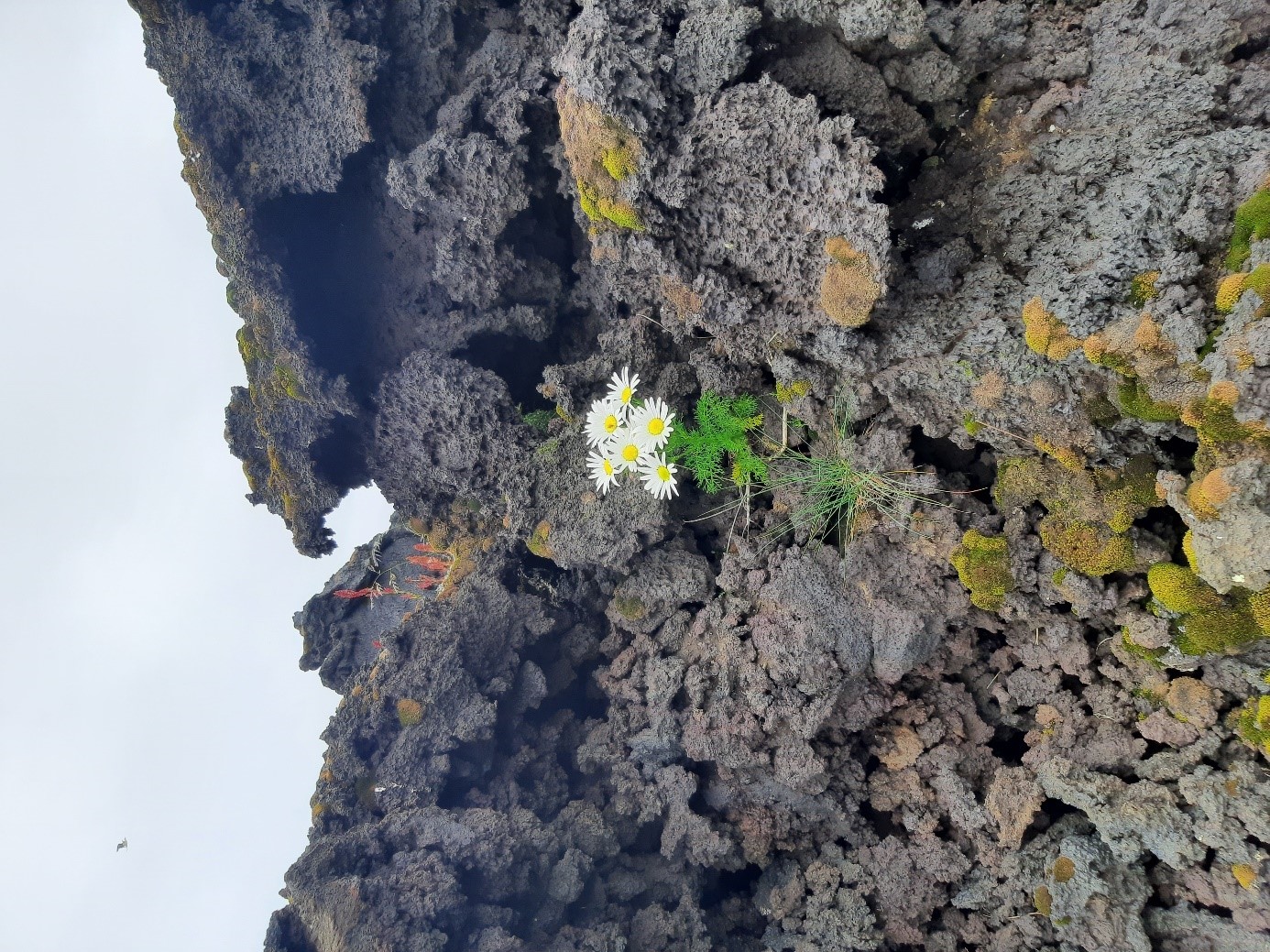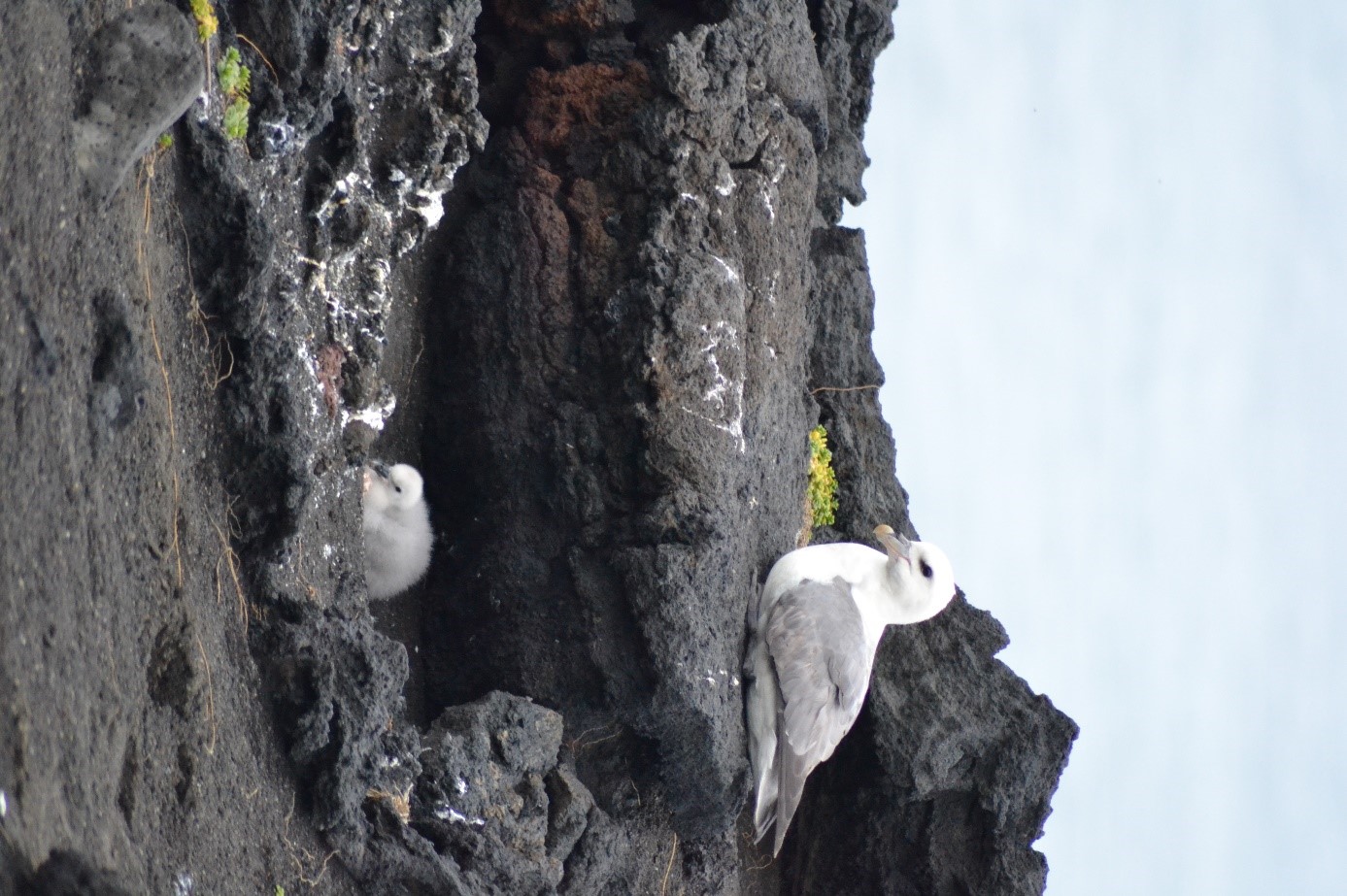Vinna við nýjar heimasíður Umhverfis- og orkustofnunar og Náttúruverndarstofnunar er í gangi. Heimasíða Umhverfisstofnunar er virk á meðan vinnunni stendur. Information in English
Protection

Soon after Surtsey was formed, scientists saw the opportunity to observe the development of the island and the colonization of organisms. Surtsey was protected in 1965 while the eruption was still in progress, and protection was limited to the volcano above sea level. The protection was renewed in 1974 with reference to new nature protection laws. In connection with Surtsey’s nomination to the World Heritage List in 2006, the area of the reserve was enlarged considerably and today covers the whole Surtsey volcano, as well as the ocean around it, 65 square kilometers in total.
With the protection in 1965, tourist traffic to the island was prohibited and is still in effect today, unless permission is obtained from the Environment Agency of Iceland. This was done primarily to avoid the introduction of organisms by man, to protect fragile nature and to promote the island’s development according to the laws of nature without human influence or intervention.

UNESCO World Heritage List
UNESCO’s World Heritage treaty from 1972 concerns the protection of the world’s cultural and natural heritage and was signed by the Icelandic government in 1995. With the treaty, nations recognize the need for the protection of cultural and natural sites and commit to ensuring their preservation, as it is considered to be detrimental to the heritage of all nations of the world if any part of the cultural or natural heritage is damaged or disappears. The Ministry of Education is responsible for the execution of the treaty on behalf of Iceland.
In fall 2005, the Icelandic government decided to nominate Surtsey for inclusion on the UNESCO World Heritage List. The Icelandic Institute of Natural History prepared the nomination.
See the nomination report from 2007 here.

Surtsey was placed on the list on July 7th 2008 when the UNESCO World Heritage Committee met in Québec, Canada and recognized it as a site of unique natural interest and a base for vital research into plant and animal colonization, as well as the development of the island and its ecosystems.
Surtsey is the second site in Iceland that’s been placed on the UNESCO World Heritage List, after Þingvellir, which was recognized in 2004 as a unique site of cultural heritage.
The foresight evident in the protection of Surtsey in 1965, as well as the scientific monitoring and research into the ecosystem and geology of the island, played a large role in Surtsey’s presence on UNESCO’s World Heritage List.